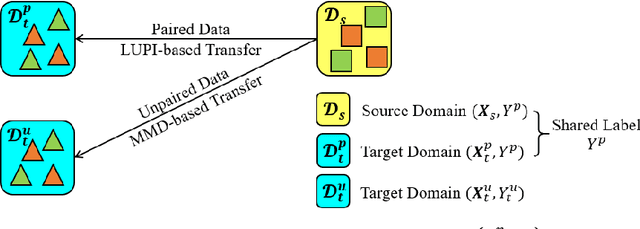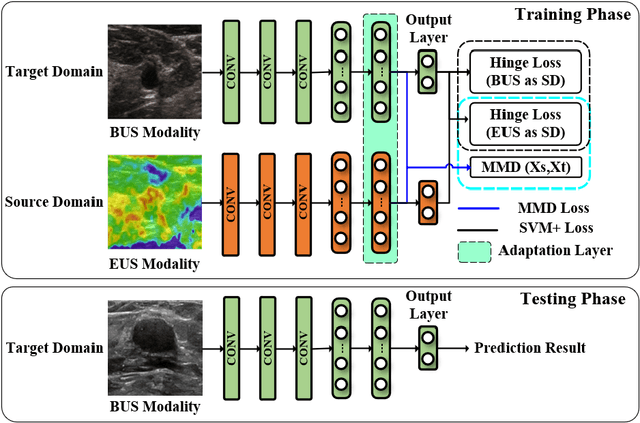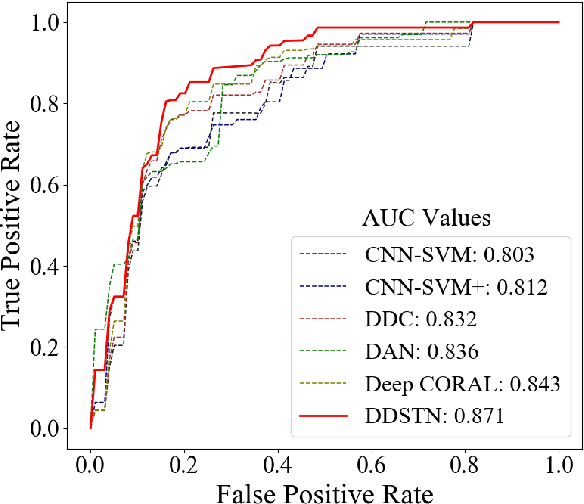Shi Jun
Five A$^{+}$ Network: You Only Need 9K Parameters for Underwater Image Enhancement
May 15, 2023Abstract:A lightweight underwater image enhancement network is of great significance for resource-constrained platforms, but balancing model size, computational efficiency, and enhancement performance has proven difficult for previous approaches. In this work, we propose the Five A$^{+}$ Network (FA$^{+}$Net), a highly efficient and lightweight real-time underwater image enhancement network with only $\sim$ 9k parameters and $\sim$ 0.01s processing time. The FA$^{+}$Net employs a two-stage enhancement structure. The strong prior stage aims to decompose challenging underwater degradations into sub-problems, while the fine-grained stage incorporates multi-branch color enhancement module and pixel attention module to amplify the network's perception of details. To the best of our knowledge, FA$^{+}$Net is the only network with the capability of real-time enhancement of 1080P images. Thorough extensive experiments and comprehensive visual comparison, we show that FA$^{+}$Net outperforms previous approaches by obtaining state-of-the-art performance on multiple datasets while significantly reducing both parameter count and computational complexity. The code is open source at https://github.com/Owen718/FiveAPlus-Network.
Deep Doubly Supervised Transfer Network for Diagnosis of Breast Cancer with Imbalanced Ultrasound Imaging Modalities
Jun 29, 2020



Abstract:Elastography ultrasound (EUS) provides additional bio-mechanical in-formation about lesion for B-mode ultrasound (BUS) in the diagnosis of breast cancers. However, joint utilization of both BUS and EUS is not popular due to the lack of EUS devices in rural hospitals, which arouses a novel modality im-balance problem in computer-aided diagnosis (CAD) for breast cancers. Current transfer learning (TL) pay little attention to this special issue of clinical modality imbalance, that is, the source domain (EUS modality) has fewer labeled samples than those in the target domain (BUS modality). Moreover, these TL methods cannot fully use the label information to explore the intrinsic relation between two modalities and then guide the promoted knowledge transfer. To this end, we propose a novel doubly supervised TL network (DDSTN) that integrates the Learning Using Privileged Information (LUPI) paradigm and the Maximum Mean Discrepancy (MMD) criterion into a unified deep TL framework. The proposed algorithm can not only make full use of the shared labels to effectively guide knowledge transfer by LUPI paradigm, but also perform additional super-vised transfer between unpaired data. We further introduce the MMD criterion to enhance the knowledge transfer. The experimental results on the breast ultra-sound dataset indicate that the proposed DDSTN outperforms all the compared state-of-the-art algorithms for the BUS-based CAD.
 Add to Chrome
Add to Chrome Add to Firefox
Add to Firefox Add to Edge
Add to Edge